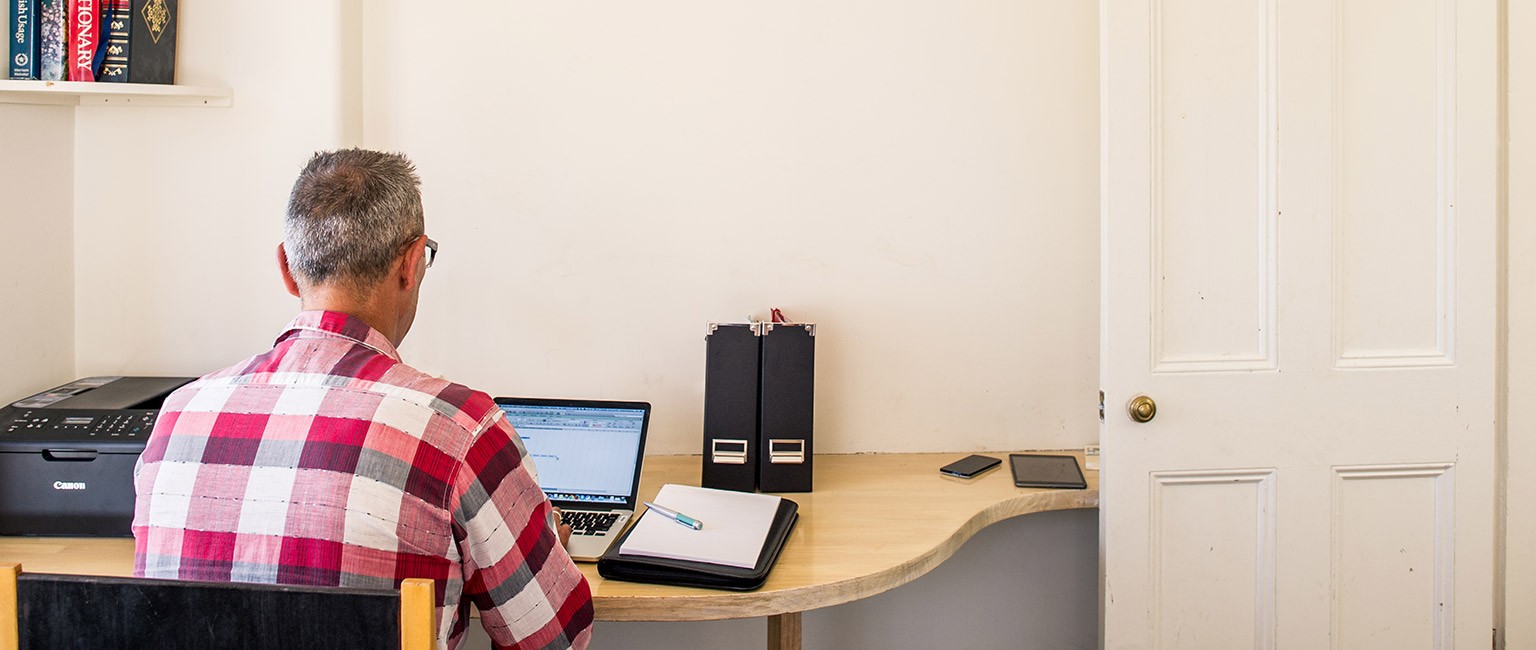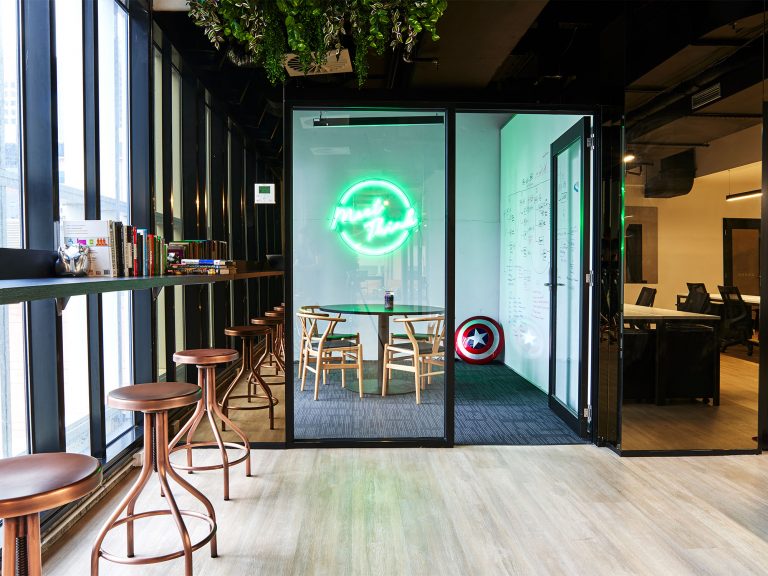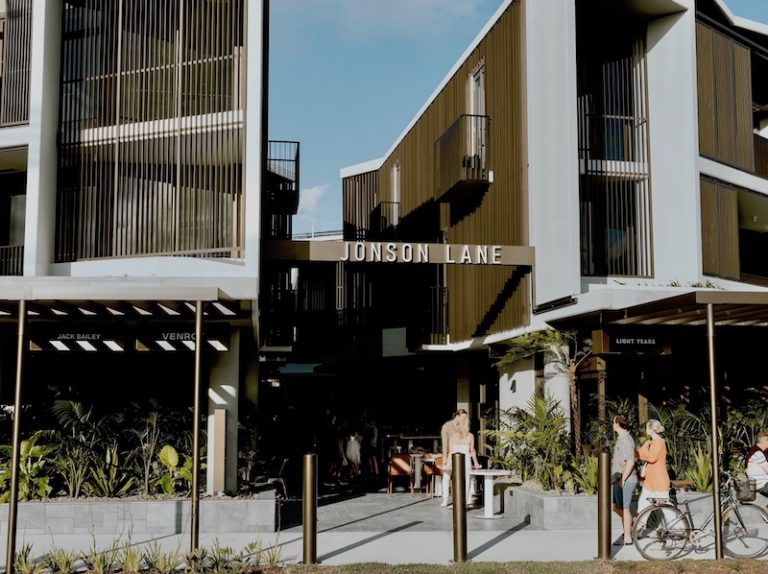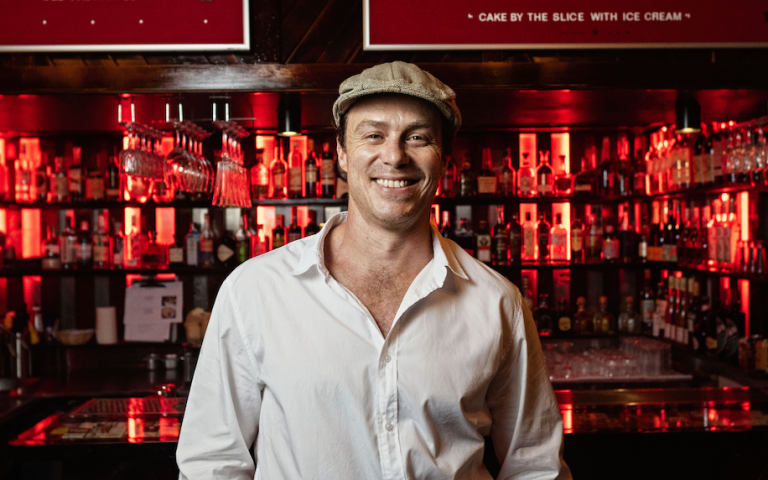Where are Australia’s home offices?

The home office is the main place of work for two million Australians – and is a growing phenomenon set to change the property market forever.
According to the Australian Bureau of Statistics, 8.5% of the workforce are operating as a sole-person business and one in 12 employees spend more time working at home than any other location.
The surge in one-person businesses is being driven by enabling technologies – laptops, websites and smart phones – along with a search by many people to earn their income in a flexible way which meets their aspirations.
The numbers of these businesses is rising fast. It’s a trend with big implications for the property and home construction sector.
So where are they located and what implications does this have for the real estate sector?
Inner Millennials

Brisbane’s New Farm is a hot spot for home offices.
Trendy inner suburban locations like New Farm in Brisbane, Subiaco in Perth, South Yarra in Melbourne and St Leonards in Sydney are hot spots for home office businesses.
Last year, there was an 8.5% increase in start-ups by Millennials (people born 1980 – 2000) with young entrepreneurs taking the plunge into consultancies and creative businesses in the digital economy.
There was an 8.5% increase in start-ups by Millennials last year.
Digital age: Hot spots for start-up businesses
Their impact can be seen in the popularity of one bed apartments featuring study alcoves and inner-ring townhouses with entrances opening on to open floor plans.
Young first-time business owners like to occasionally work away from home too which explains the rise in shared offices springing up across inner suburbs; like Salt House in inner Brisbane.
The other major impact is the increasing numbers of “coffices”, cafes who cater for business meetings by providing free Wi-Fi, workbench tables, and low to the floor tables and sofas. The more advanced coffices now incorporate meeting rooms with projection facilities such as Ample Café in inner Melbourne.
Mum in the Middle
Many couples battle to find a balance between earning an income and raising a family. For many, the solution is for the male partner remaining a wage earner while the woman starts a venture from home.
Mothers who run an enterprise now account for 16% of all Australian businesses and 81% of them operate out of home.

The tree-lined streets of St Ives are chock full of home offices.
Mumpreneur businesses have sent a boom to the sales of home office furniture.
Hot spots for “mumpreneur” businesses can be found in leafy suburbs like Carine and Applecross in Perth, Frenchs Forest and St Ives in Sydney, Caulfield and Doncaster in Melbourne and Kensington Park in Adelaide.
The influence of these businesses can be seen in the booming sales of home office furniture as well as the return of the front office in many new home designs.
Working from home: Still the way of the future?
Regional centres
The third cluster is in regional towns close to capital cities; Sydney in particular.
This sector is dominated by professionals and tradespeople using the house price surge to cash out their home in the suburbs and head to larger towns two hours’ drive out of the capital, where they are buying shops with accommodation and an outdoor space.
Andrew Cant, Director at Tony Cant Real Estate in Maitland says: “we are seeing a lot of interest coming from owner occupiers who are renovating shops in the main strip and turning them into offices.”
It’s a similar story in towns across the Hunter Valley, Southern Highland centres like Bowral and inland cities like Bathurst.
The rise of home office accelerated in 2014 – and its influence looks set to grow in the years ahead.







